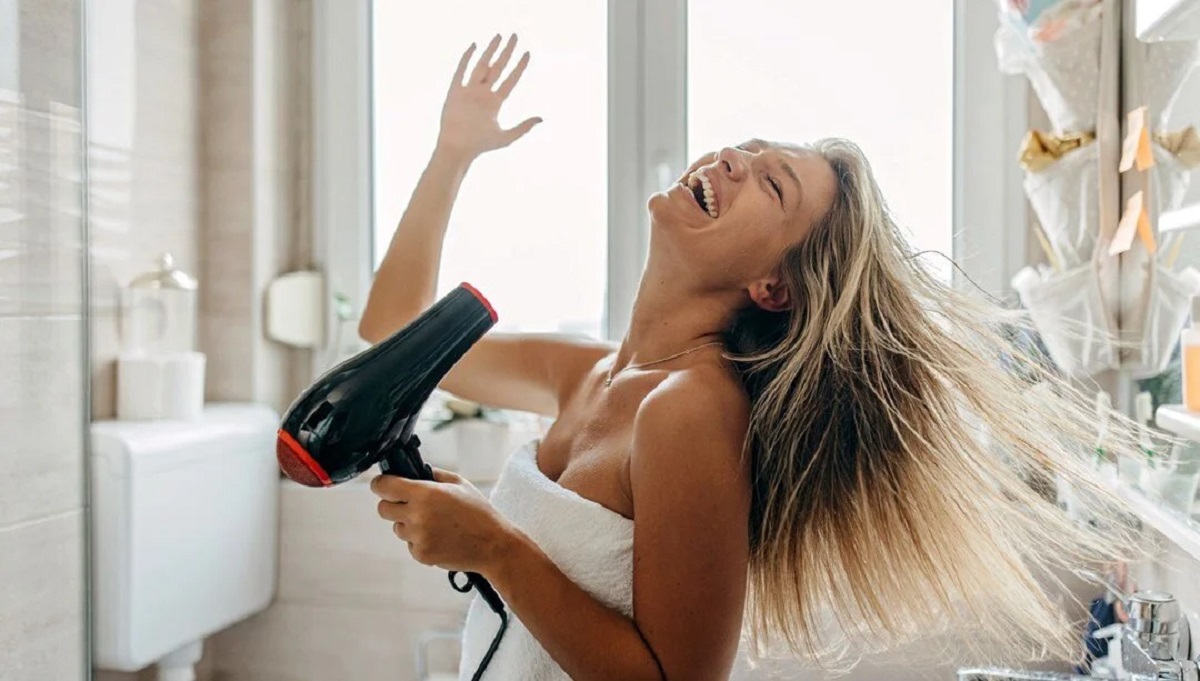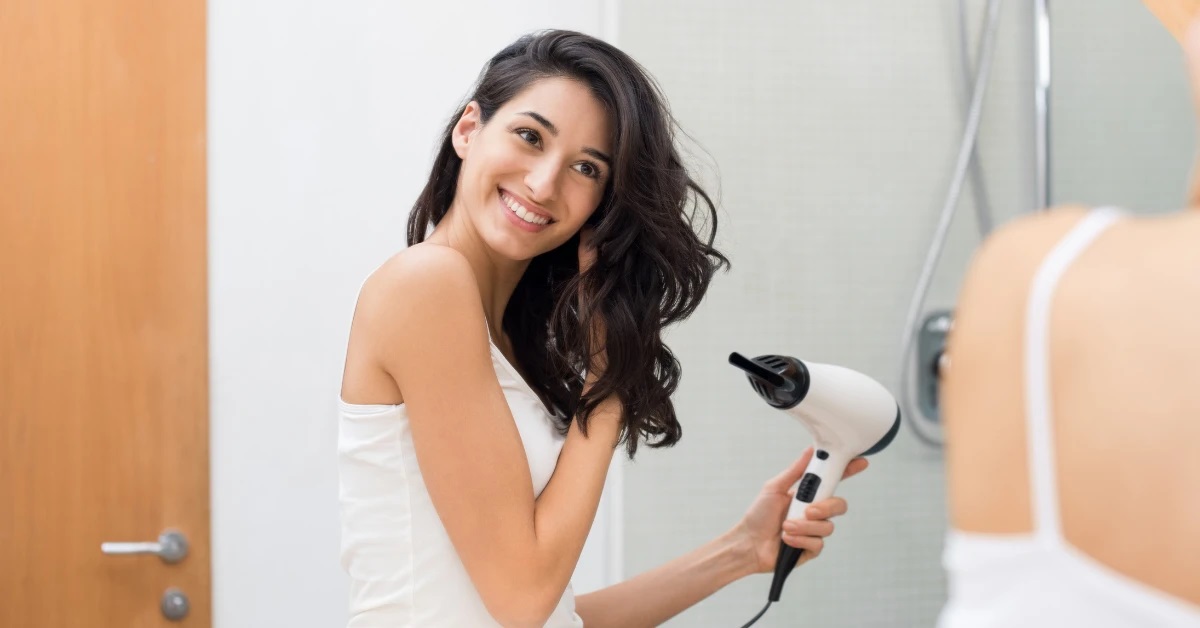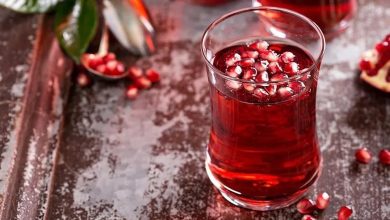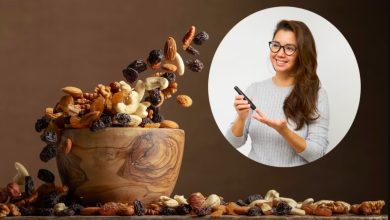Blow-Drying Vs. Air-Drying: Which Is Better For Hair Health?

Blow-Drying Vs. Air-Drying: Washing hair with warm water and shampoo opens up the cuticles (the outer layer of the hair), making hair more susceptible to friction.
For years, the debate over whether blow-drying or air-drying is better for hair health has persisted, with many leaning toward air-drying as the healthier option. However, the truth is more nuanced. While air-drying can sometimes promote healthier hair, it may also cause more damage than blow-drying if not done properly.
Blow-Drying Vs. Air-Drying, This essay delves into the differences between blow-drying and air-drying, exploring the potential benefits and risks associated with each method.
Blow-Drying Vs. Air-Drying
The Case For Air-Drying

Blow-Drying Vs. Air-Drying, In recent years, air-drying has become a popular method among those who prioritize the health of their hair. Many believe that allowing hair to dry naturally without the use of heat can strengthen the hair strands and prevent damage. The logic behind this stems from the fact that heat styling, including blow-drying, can weaken the hair shaft over time, causing split ends and dryness.
However, what may surprise many is that air-drying, depending on how it is done, can actually be more damaging to hair than blow-drying. Dejan Garz, a celebrity hairstylist, told Vogue that wet hair is at its most vulnerable to damage.
Blow-Drying Vs. Air-Drying, When hair is washed with warm water and shampoo, the cuticles (the protective outer layer of the hair) open up. This leaves the hair more prone to friction, whether from contact with clothes, towels, or even pillows, potentially leading to breakage and split ends. Therefore, the longer hair remains wet, the more susceptible it becomes to damage.
Blow-Drying Vs. Air-Drying, For those with colored or chemically-treated hair, this risk is even higher. Hair that has undergone coloring, bleaching, or chemical treatments such as keratin has already sustained some degree of damage to the cuticles. Air-drying for extended periods can expose these weakened strands to more harm. Garz advises that, in such cases, blow-drying hair quickly but gently may actually prevent further damage.
When Is Blow-Drying Better?
Blow-Drying Vs. Air-Drying, Blow-drying can be a healthier option for certain hair types, especially if done correctly. But it is important to note that not all hair types react the same way to blow-drying.
Blow-Drying Vs. Air-Drying, If your hair is natural (i.e., not chemically-treated or colored) and you do not frequently use heat styling tools like straighteners or curling irons, air-drying is typically safe and won’t cause much damage. On the other hand, for those with damaged hair, air-drying can lead to increased vulnerability over time, as moisture trapped in the hair weakens the shaft and creates friction.
Blow-Drying Vs. Air-Drying, For people with curly hair, air-drying tends to be the preferred option. According to Garz, even using a blow dryer with a diffuser attachment and moderate heat might not define the natural curls as effectively as air-drying. The result could be frizzy or uneven curls, and in some cases, split ends.
Blow-Drying Vs. Air-Drying, For straight or wavy hair, blow-drying can be beneficial in maintaining smoothness and reducing drying time. When done correctly with proper tools and techniques, blow-drying can offer sleek, manageable hair without the risk of frizz or tangles.
Techniques For Gentle Hair-Drying
Blow-Drying Vs. Air-Drying, Regardless of whether you choose to air-dry or blow-dry, Garz recommends adopting gentler techniques to protect your hair.
Use Microfiber Towels: Microfiber towels are much softer than regular towels and absorb water quickly without roughing up the hair cuticle. These towels shorten drying time and reduce the friction that leads to damage. Garz advises against keeping a towel wrapped around your hair for too long, as this can strain the hair and contribute to breakage. A few minutes of gentle patting is enough.
Apply Heat Protectants: For blow-drying, applying a heat protectant before starting is essential. Heat protectants form a barrier around the hair shaft, shielding it from direct heat damage. Using them ensures that the blow-drying process remains less harmful.
Medium Heat Setting: When blow-drying, use the medium heat setting instead of high heat. Many people make the mistake of using the hottest setting to dry their hair faster, but this can actually cause as much damage as air-drying improperly. The moderate heat dries the hair without overheating the cuticles, leaving them smoother and less prone to damage.
Blow-Dry In Sections: For a smooth, voluminous blowout, divide the hair into small sections. Use a round brush to guide the blow-dryer from root to tip, directing the airflow downward. This method ensures that each section is dried evenly, adding softness and volume to the hair while preventing tangling or knotting.
Finish With Cool Air: Once the hair is almost dry, switch to the cool air setting on the blow-dryer. Cool air helps seal the hair cuticle, locking in moisture and giving the hair a smoother, shinier finish. This final step also helps maintain your style throughout the day.
Additional Tips For Healthier Hair Drying

Don’t Rub, Pat: After washing, avoid rubbing your hair with a towel. Instead, gently pat or squeeze out excess water. Rubbing the hair too vigorously causes friction, leading to frizz and split ends, particularly when the hair is wet and vulnerable.
Limit Heat Styling: If blow-drying is your primary drying method, try to limit other forms of heat styling to reduce overall hair stress. The cumulative heat exposure from tools like straighteners, curling irons, and even hot air brushes can lead to long-term damage, weakening the hair over time.
Hydrate Your Hair: To prevent dryness from both air-drying and blow-drying, be sure to use a hydrating conditioner after shampooing. Products with ingredients like shea butter, coconut oil, and argan oil can help keep the hair moisturized and less susceptible to the harmful effects of drying.
Final Thought
Blow-Drying Vs. Air-Drying, Both blow-drying and air-drying have their advantages and disadvantages, depending on the hair type and condition. Air-drying is often recommended for those with natural curls or those who wish to avoid heat damage, but it may lead to hair breakage if the hair remains wet for too long. Blow-drying, when done with the proper tools and heat protectants, can dry hair quickly while minimizing damage, especially for those with chemically treated hair.
Blow-Drying Vs. Air-Drying, Ultimately, the key to healthy hair is using gentle techniques, whether drying naturally or with a blow-dryer, and taking extra care with products that protect and hydrate the hair.
Also Read:
Fall Haircare Tips: Nourishing Haircare Tips For A Healthy Fall Season
Hydrating A Damaged Scalp And Hair: The Key To Healthy Hair Care
Microneedling For Hair Loss: Everything About Microneedling For Hair Loss
Hair Care Tips For Autumn 2024: Keep Your Locks Healthy As The Seasons Change




